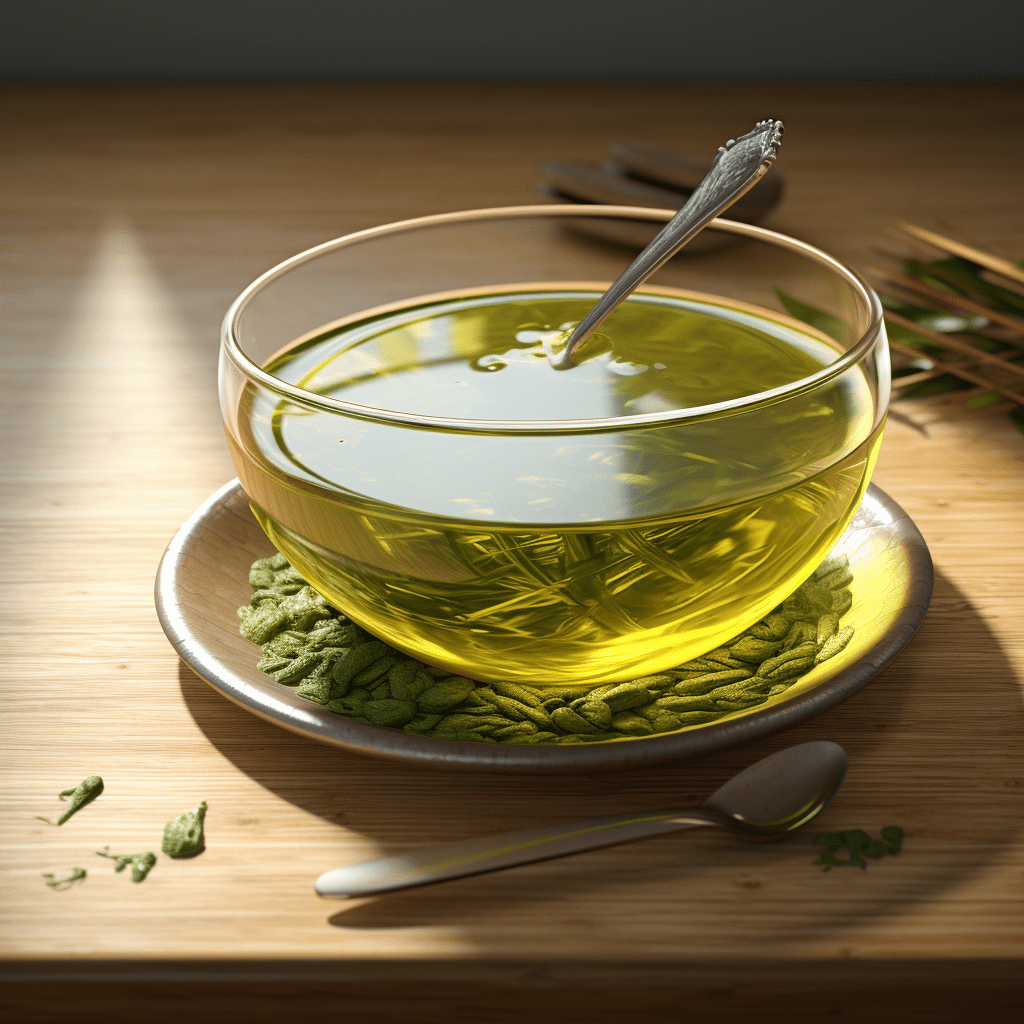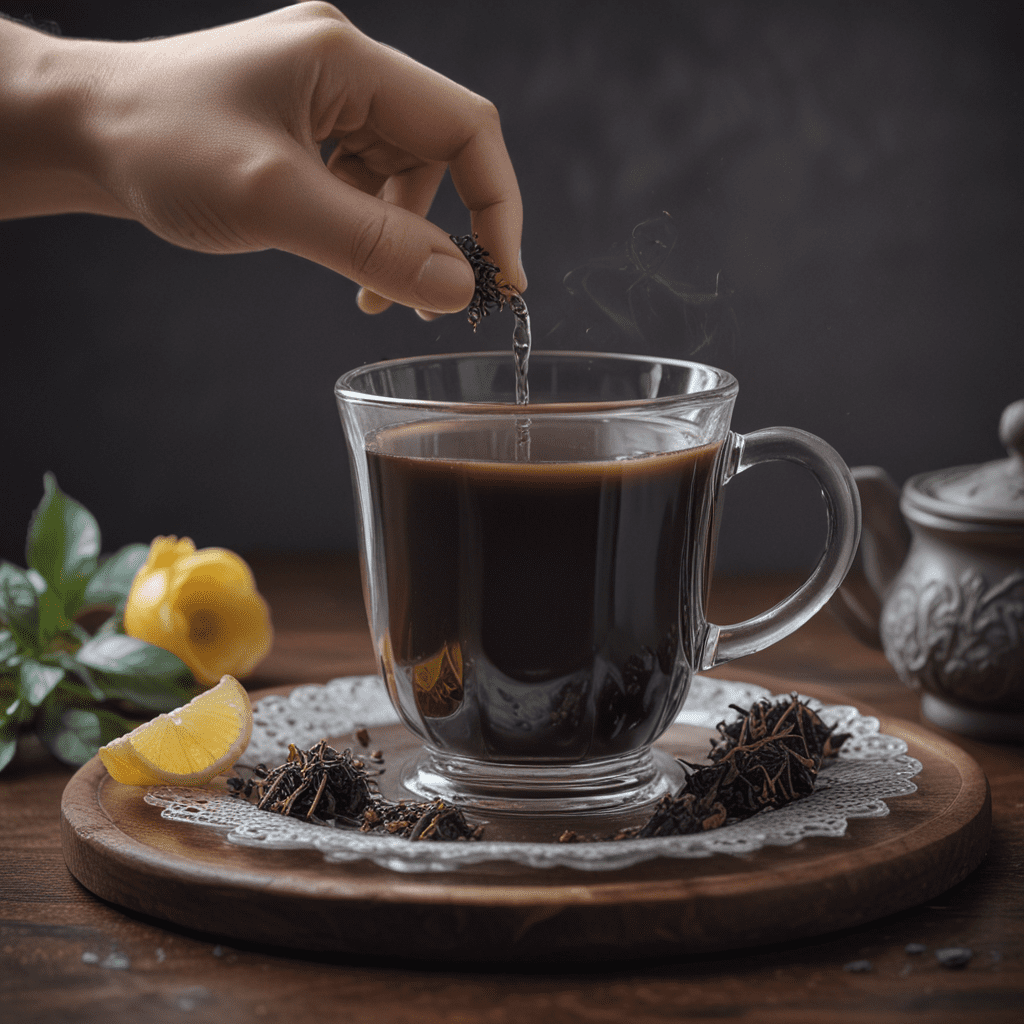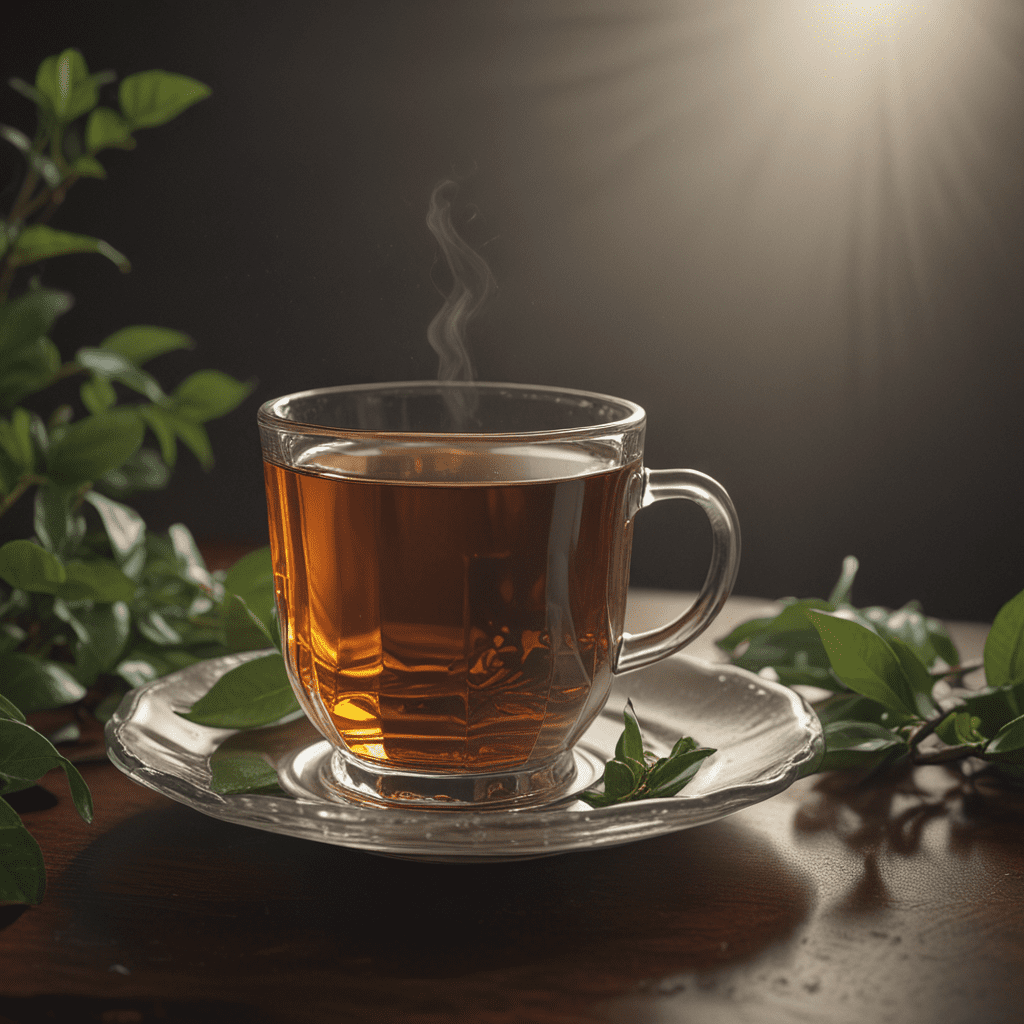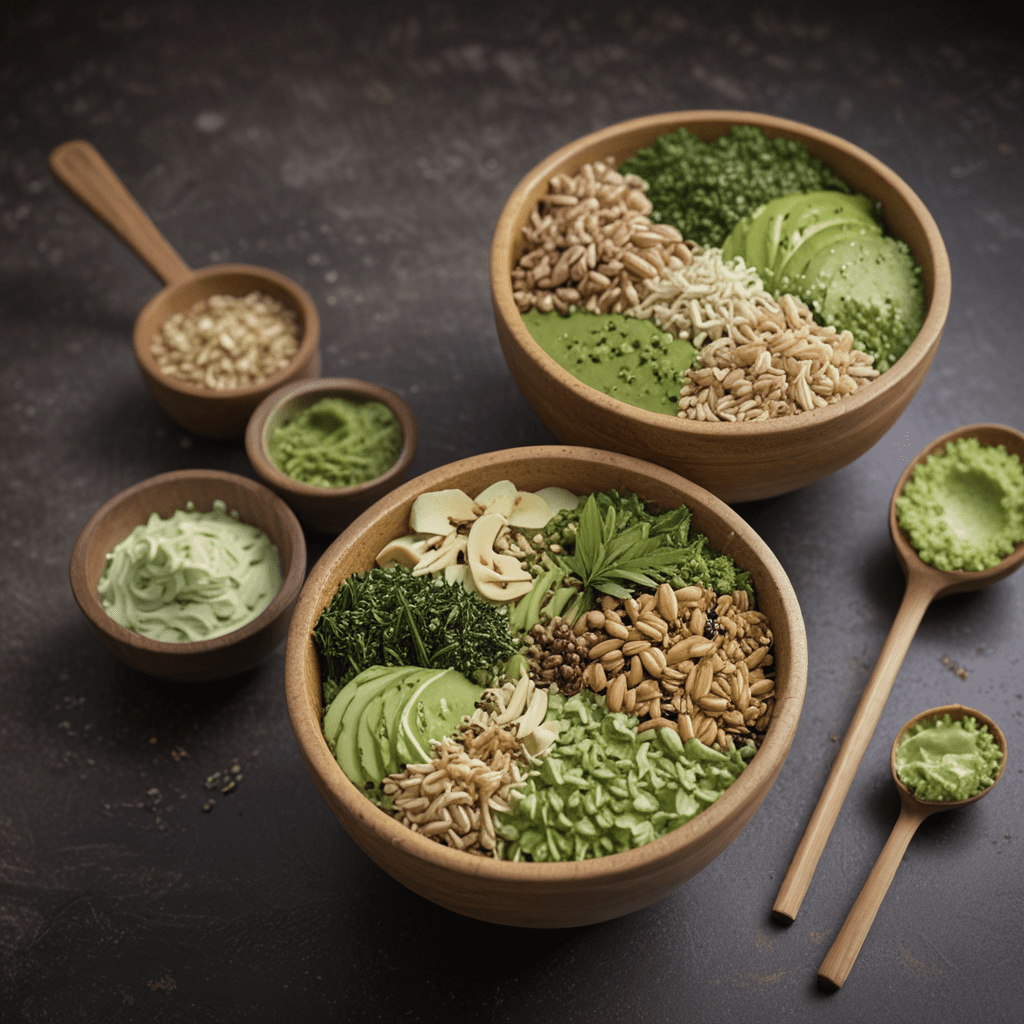What Does Green Tea Look Like?
Green tea is a popular beverage known for its numerous health benefits and refreshing taste. Its appearance can vary based on the type and processing methods used. In this article, we will explore what green tea looks like, including its color, texture, and preparation. So, if you’re curious about this delightful drink, read on!
1. The Color and Clarity of Green Tea
When brewed, green tea typically has a pale yellow or light green color. The exact shade can vary depending on the specific tea variety and steeping time. Generally, green tea is known for its vibrant and translucent appearance. Unlike black tea, which has a dark amber hue, green tea maintains a lighter and more delicate color.
2. The Texture and Consistency of Green Tea
Green tea leaves are usually processed by steaming or pan-firing to prevent oxidation. This unique processing method helps retain the natural green color and preserves the leaves’ texture. As a result, when you brew green tea, you’ll notice that the tea leaves are tender and have a smooth texture.
3. The Shape and Size of Green Tea Leaves
Green tea leaves come in various shapes and sizes, depending on the tea cultivar and region of production. Some popular green tea varieties include sencha, matcha, and dragonwell, each with its distinct leaf shape. Sencha tea leaves are long and slender, while matcha consists of finely powdered tea leaves. Dragonwell tea leaves are flat and wide, resembling the shape of a sparrow’s tongue.
4. The Fragrance and Aroma of Green Tea
Green tea has a fresh and grassy aroma, often likened to freshly cut hay or seaweed. The scent can vary between different green tea varieties, with some teas having a more vegetal or floral fragrance. When brewing green tea, the aroma fills the air, creating an inviting and calming atmosphere.
5. Green Tea Preparation and Serving
To fully appreciate the visual aspects of green tea, it is essential to prepare and serve it correctly. Here’s a simple guide to brewing green tea:
- Boil fresh, filtered water and let it cool for a few minutes to around 80°C (176°F). Avoid using boiling water as it can scorch the tea leaves and produce a bitter taste.
- Measure your desired amount of green tea leaves. Typically, one teaspoon of tea leaves per cup is recommended, but you can adjust according to your preference.
- Place the tea leaves in a tea infuser or teapot. Pour the hot water over the leaves, covering them entirely.
- Allow the tea to steep for about 2-3 minutes. Adjust the steeping time based on your taste preference. Longer steeping times will yield a stronger flavor.
- Once the steeping time is complete, strain the tea or remove the infuser to stop the brewing process.
- Pour the brewed tea into a cup or teacup. Take a moment to appreciate the beautiful color and clarity before savoring the wonderful flavor.
6. Frequently Asked Questions (FAQ) about Green Tea
Q1: Is green tea supposed to be bitter?
A1: Green tea can have a slightly bitter taste if brewed incorrectly or steeped for too long. To minimize bitterness, use proper water temperature and steeping time. Adding a touch of honey or lemon can also help balance the flavor.
Q2: Can I consume green tea without brewing it?
A2: Yes, you can consume green tea without brewing it by consuming it in powdered form, such as matcha. Matcha is made from powdered green tea leaves and is often whisked into hot water to create a frothy beverage.
Q3: How should I store green tea leaves?
A3: To maintain the freshness and flavor of green tea, store it in a cool, dark, and airtight container. Keep it away from light, heat, moisture, and strong odors, such as spices or coffee, as they can affect the taste and aroma.
Q4: Does green tea contain caffeine?
A4: Yes, green tea naturally contains caffeine, although in lower amounts compared to other types of tea or coffee. On average, an 8-ounce cup of green tea contains approximately 30-50 milligrams of caffeine. However, the caffeine content can vary depending on the tea type and brewing method.
Q5: Can I consume green tea if I have a sensitivity to caffeine?
A5: If you have a sensitivity to caffeine, you may still be able to enjoy green tea. However, it is advisable to monitor your caffeine intake and opt for decaffeinated green tea or brew it with cooler water to reduce caffeine release.
By understanding the appearance of green tea and how to prepare it, you can embark on a delightful tea-drinking experience. Embrace the vibrant colors, delicate aromas, and refreshing taste that green tea has to offer. Whether you’re a tea enthusiast or new to the tea world, green tea is sure to captivate your senses and leave you feeling rejuvenated.



